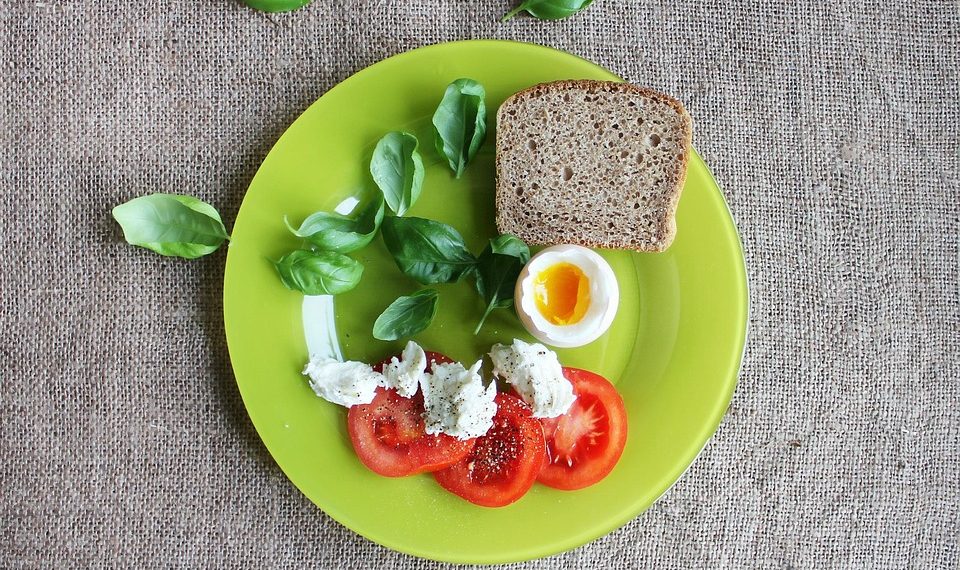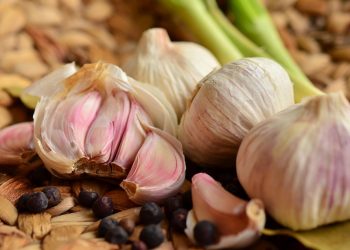Whole grains for inflammation are a game-changer for your health. If you’re struggling with chronic inflammation, you’re not alone. Many of us deal with this silent foe daily, but the good news is that your diet can be a powerful ally. Let’s explore how whole grains can help you reclaim your vitality and feel your best.
Inflammation is your body’s natural response to injury or illness. It’s meant to protect you, but when it becomes chronic, it can lead to serious health issues. Conditions like arthritis, heart disease, and even certain cancers have ties to inflammation. The food you eat plays a critical role in managing this condition. By incorporating specific whole grains into your diet, you can help reduce inflammation and support your overall wellness.
Contents
Why Whole Grains Matter
Whole grains are packed with nutrients that fight inflammation. They are rich in fiber, vitamins, and minerals, each contributing to a balanced diet. Unlike refined grains, whole grains retain their bran, germ, and endosperm, which means they deliver more health benefits.
When you choose whole grains, you’re not just filling your stomach; you’re nourishing your body. They help regulate blood sugar, promote heart health, and even support digestive wellness. The benefits are endless, and the best part? They’re delicious!
1. Quinoa: The Protein-Packed Powerhouse
Quinoa is more than just a trendy grain; it’s a complete protein, meaning it contains all nine essential amino acids. This makes it a fantastic choice for vegetarians and vegans. With its nutty flavor and fluffy texture, quinoa is incredibly versatile.
Benefits:
- Anti-Inflammatory Properties: Rich in antioxidants, quinoa helps combat oxidative stress.
- High Fiber Content: Supports digestive health and helps stabilize blood sugar levels.
Incorporate quinoa into salads, soups, or as a base for your favorite stir-fry. Your body will thank you!
2. Brown Rice: The Classic Staple
Brown rice is a staple in many households, and for good reason. It’s not only filling but also a fantastic source of magnesium, which plays a key role in reducing inflammation.
Benefits:
- Whole Grain Goodness: Unlike white rice, brown rice retains its nutrients.
- Supports Heart Health: The fiber in brown rice contributes to lower cholesterol levels.
Make brown rice your go-to side dish. Pair it with grilled vegetables or lean proteins for a wholesome meal.
3. Barley: The Unsung Hero
Barley often gets overlooked, but this whole grain is a powerhouse of nutrition. It’s chewy and hearty, making it a satisfying addition to your meals.
Benefits:
- High in Beta-Glucans: This soluble fiber helps lower cholesterol and supports immune function.
- Rich in Antioxidants: Barley contains several antioxidants that help fight inflammation.
Use barley in soups, stews, or as a base for salads. You’ll love the texture and the health benefits!
4. Oats: The Breakfast Champion
Oats are a breakfast favorite, but their benefits extend far beyond the morning. They are rich in soluble fiber, which helps to lower cholesterol and stabilize blood sugar levels.
Benefits:
- Beta-Glucans: Like barley, oats contain beta-glucans that help reduce inflammation.
- Heart Health: Regular consumption can lower the risk of heart disease.
Start your day with a warm bowl of oatmeal topped with fruits and nuts. It’s a delicious way to fuel your body.
5. Farro: The Ancient Grain
Farro has been around for centuries, and its health benefits are timeless. This ancient grain is nutty, chewy, and packed with nutrients.
Benefits:
- High in Fiber and Protein: Farro supports digestive health and keeps you feeling full longer.
- Rich in Antioxidants: Helps combat oxidative stress and inflammation.
Use farro in salads, grain bowls, or as a side dish. You’ll be amazed at how satisfying it is!
6. Millet: The Gluten-Free Option
Millet is a fantastic gluten-free whole grain that is often overlooked. It’s mild in flavor and can be used in a variety of dishes.
Benefits:
- Rich in Nutrients: Contains magnesium, phosphorus, and B vitamins that help combat inflammation.
- Supports Digestive Health: High fiber content promotes regularity.
Use millet in porridge, pilafs, or as a substitute for rice. It’s a versatile grain that’s easy to incorporate into your meals.
7. Buckwheat: The Nutrient-Dense Choice
Despite its name, buckwheat isn’t a wheat at all, making it a great gluten-free option. It’s packed with antioxidants and anti-inflammatory properties.
Benefits:
- High in Flavonoids: Buckwheat contains rutin, which has been shown to reduce inflammation.
- Supports Heart Health: Helps lower cholesterol levels.
Try buckwheat in pancakes, noodles, or as a hearty grain salad. It’s a flavorful way to fight inflammation.
Tips for Incorporating Whole Grains into Your Diet
Switching to whole grains doesn’t have to be overwhelming. Here are some simple tips to help you get started:
- Start Slow: If you’re new to whole grains, start by replacing one refined grain with a whole grain each week.
- Get Creative: Experiment with different grains in your favorite recipes. Use quinoa instead of rice or add farro to your salads.
- Meal Prep: Cook a batch of several whole grains at the beginning of the week. Use them in various dishes for easy meal prep.
- Read Labels: When shopping, look for products that list whole grains as the first ingredient.
Why You Should Care About Inflammation
Understanding inflammation is crucial for your health. Chronic inflammation can lead to serious conditions, including diabetes, heart disease, and autoimmune disorders. By incorporating whole grains into your diet, you’re taking a proactive step toward better health.
Embrace the Whole Grain Revolution
Your body thrives on whole, nutritious foods. By making the switch to whole grains, you’re not just eating; you’re nourishing yourself. Remember, it’s not just about what you take out of your diet, but what you put in. Whole grains can be your secret weapon against inflammation.
Bottom Line
Whole grains for inflammation are a delicious, effective way to support your health. From quinoa to buckwheat, each grain offers unique benefits. Make these grains a staple in your diet, and you’ll be well on your way to feeling better.
Take Action: Start today! Choose one whole grain from this list and include it in your meals this week. Your body will thank you!
FAQ
What are whole grains?
Whole grains contain all parts of the grain kernel—bran, germ, and endosperm. This makes them richer in nutrients compared to refined grains.
How do whole grains help with inflammation?
Whole grains are high in fiber and antioxidants, which help reduce inflammation and support overall health.
Are all grains gluten-free?
No, not all grains are gluten-free. Quinoa, millet, and buckwheat are gluten-free options, while wheat and barley contain gluten.
How can I tell if a product is whole grain?
Look for “whole grain” as the first ingredient on the label, and check for whole grain stamps or certifications.
Explore the world of whole grains, and let your meals become a celebration of health, flavor, and vitality!
Get Your FREE Natural Health Guide!
Subscribe now and receive our exclusive ebook packed with natural health tips, practical wellness advice, and easy lifestyle changes — delivered straight to your inbox.














